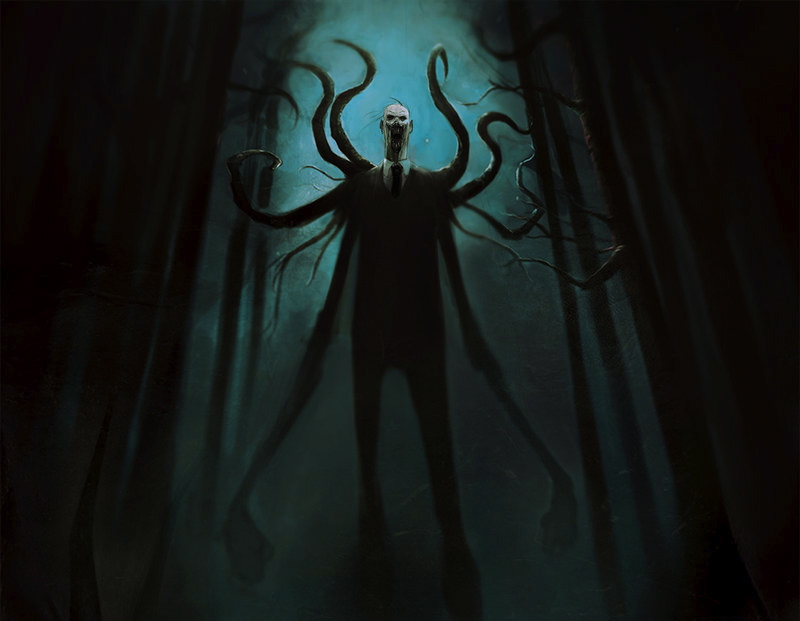Storytelling and Slenderman
Ross Gale
 Two 12-year-old girls recently lured a classmate into the woods and stabbed her with a knife 19 times. They left her to die, but she survived. Those who attempted to take her life said they wanted to prove Slenderman exists. They planned to escape to his mansion in the woods.
Two 12-year-old girls recently lured a classmate into the woods and stabbed her with a knife 19 times. They left her to die, but she survived. Those who attempted to take her life said they wanted to prove Slenderman exists. They planned to escape to his mansion in the woods.
Slenderman is a character of mythical Internet proportions — a tall figure in a business suit with tentacle-like arms. He preys on children. Created in 2009 in a horror genre Internet forum, Slenderman is a striking example of a fun project taking on a crowd-sourced life of its own in the imaginations of millions. It’s a testament to the power of stories and the possibilities of the imagination to create new, perhaps even unthinkable, realities. It’s shocking, though, how a story can compel children to find meaning in acts of violence and some have called for the censorship of stories like Slenderman. But the answer is not censorship. Instead we need to write better stories.
Creating them is no light task and we cannot do it by pushing dogma and happy endings while ignoring evil. We can’t create better stories by isolating ourselves from reality and by painting perfect pictures of a perfect world. We can, however, offer meaning in spite of the violence and evil we encounter. We need stories that address evil truthfully and directly, stories that equip us to address evil truthfully in our everyday lives.
The young girl who survived 19 stab wounds will have a more powerful story to tell than her classmates. Because she lives, her story will transcend a horrid act of evil. That’s the story we look for — the story the world needs.
